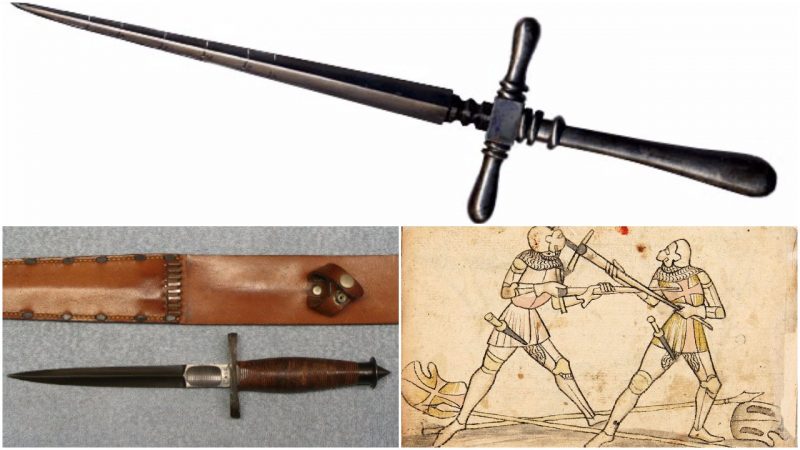Stilettos are extremely slender original Italian-style heels that came to prominence in the late 1950s and early 1960s.
For much of their length, stiletto heels reach no more than 5mm in diameter. Although we are uncertain if these heels have ever been used as a killing device, we guarantee that the stiletto knife was used in such circumstances. In fact, as a notorious stabbing weapon, the stiletto has a turbulent and violent past. In history, most stiletto knives were specialized not for cutting or slashing throats, but for stabbing the opponent.

The long slender blade with an almost needle-like point first appeared in Italy, way back in the late 15th century. The stabbing weapon was considered an improvement of the rondel dagger and the misericorde. The rondel dagger was a needle-pointed weapon and had a narrow blade designed for thrusting. It was common and very popular around Europe during the late Middle Ages, used by many different people, from merchants to knights.
The misericorde was a type of longer, narrow knife, especially used to deliver a death stroke to a seriously wounded knight. The blade was made so thin that it could strike through the gaps between armor plates. Its name, derived from Latin “misericordia”, meant giving the “act of mercy”, one final death blow to end the pain and suffering of the wounded person.
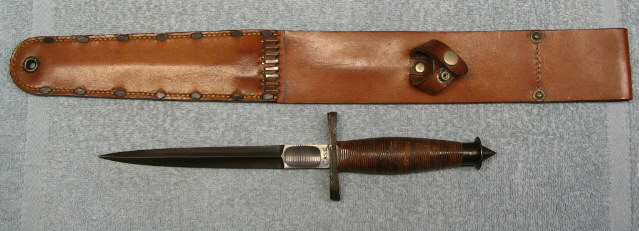
The first stilettos usually had a one-piece cast metal grip and their blade was hammer-forged into a dense straight thin pole. The name “stiletto” came from Latin too, from the word “stilus” that connoted the thin pointed ancient Roman writing tool used for engraving letters into wax or clay tablets. Its original design was purposed solely for offense, and like its predecessor weapons, the stiletto was also destined to finish off the injured opponent in the so-called “mercy strike”. Eventually, the stiletto became the secondary weapon of most knights in medieval times.
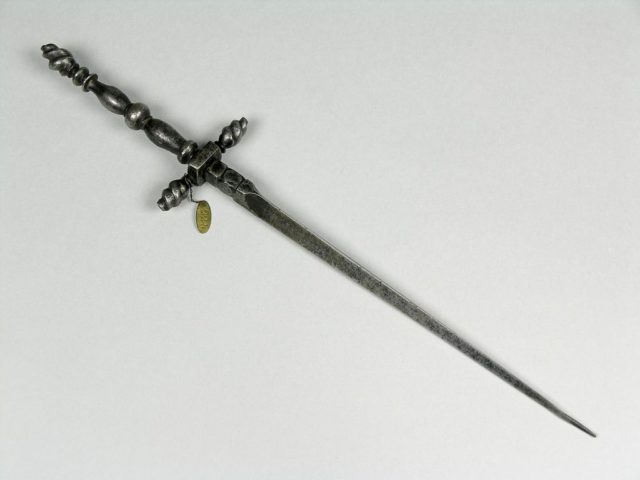
For centuries, the sharp needled dagger persisted as a favored killing device, especially in Italy. It was used so much that at one point authorities prohibited it as a dangerous weapon. The stiletto was perfect for assassins who wanted to conduct a silent kill.
The dagger was easily concealed inside a sleeve and had a blade that was perfect to penetrate the heavy leathers and clothing common in the old medieval days. The wounds it caused were almost always fatal. A later variant of the knife was used as a tool for clearing cannon-fuse touch holes; this type often had inscribed signs to indicate the levels of powder charges for ranging distance.
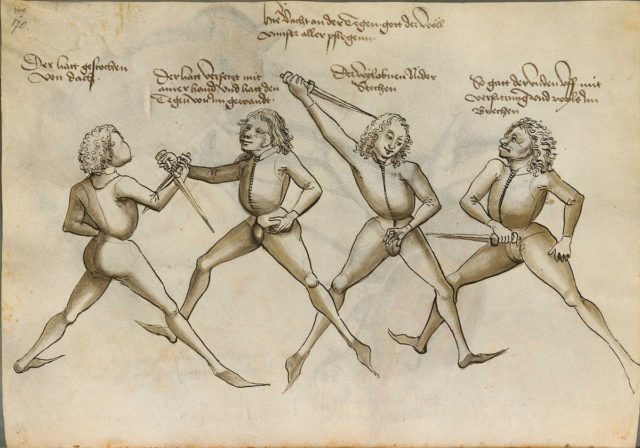
Quickly enough, stiletto as a term started to depict a range of thin thrusting knives closely resembling the French poignard; the majority of these knives had conventional dagger-profile blades and sharpened edges, but always kept the slim profile and needle-like pole. Until the 19th century, the stiletto was the number one weapon of criminals and political assassins and it reached notorious prominence not only in Italy, but also in France, Corsica, and Sardinia.
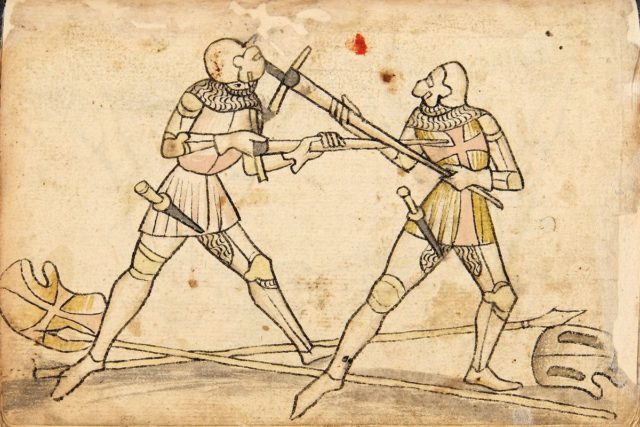
A weapon of surprise
The persisting popularity of the stiletto led even to the development of a so-called “Sicilian school of stiletto fighting” in the Kingdom of Sicily. The pupils who learned the mastery of using stiletto knives knew how to thrust the knife deep into the victim, then twist the blade sharply in more than just one direction before removing it. This caused the sharp point to inflict wounds so severe that it was impossible for the wounded person to survive.
When Italians started to increasingly migrate to the New World, one of the first huge waves being to New Orleans in the 19th century, they did not forget to take their knives with them. In America, the knife became widely used among mafia, gamblers, gang members, and assassins.
Due to the escalating rate of murders involving stilettos, the city of New Orleans passed a law that forbade any sale or exhibition of any type of stiletto within the city boundaries.

The start of the First World War brought back these daggers once again. Many soldiers in need of a means of protection made their own stabbing knives and some were commissioned by the authorities too. For example, on the French side, the French Lebel M1866 bayonet was frequently cut down and remade into a stiletto or thrusting knife. These weapons were very useful when trench raids occurred, and therefore became known as “trench knives”.
Its usage was again revived in WWII when the stiletto became commonly used as a combat knife for tactical commando raiding forces or units engaged in silent operations. In 1940, the special Fairbairn-Sykes fighting knife was produced by famed British hand-to-hand combat instructors. This was a double-edged dagger, and aside from thrusting, it was also improved for slashing. The F-S was followed by other more modern variants, such as the U.S. Marine Raider Stiletto and the V-42 one.
